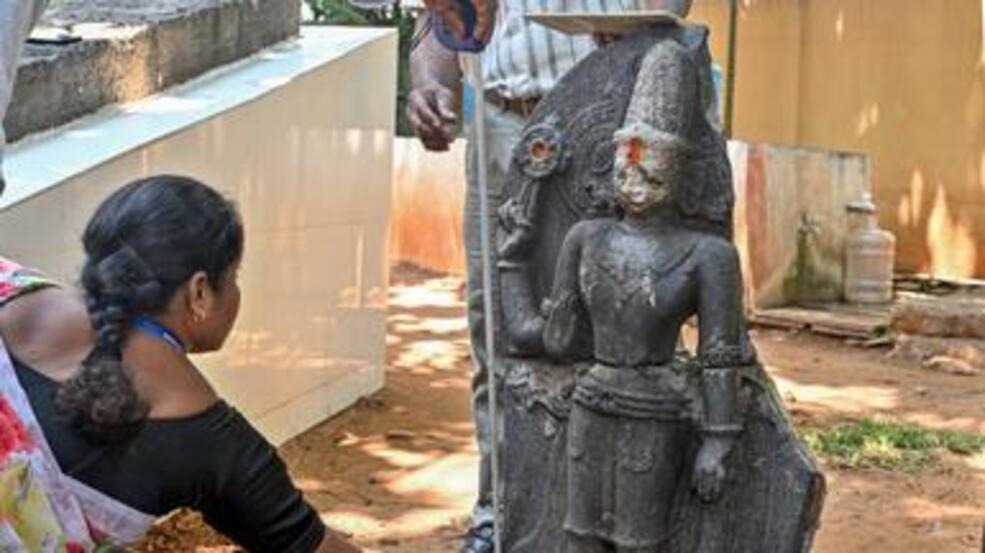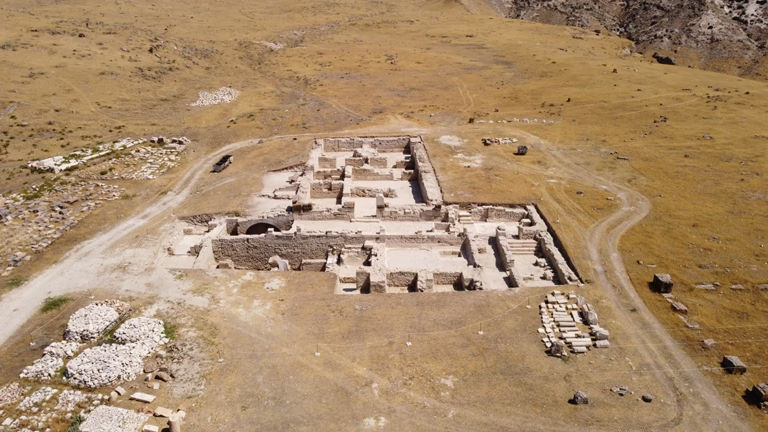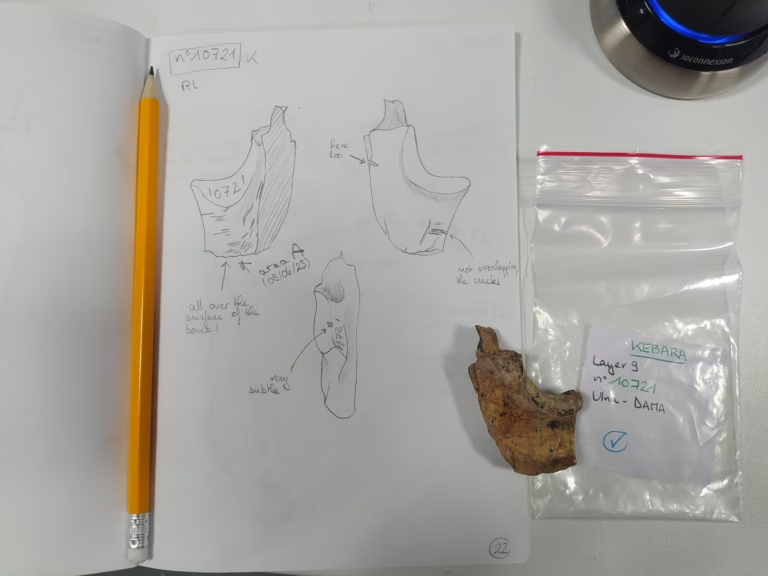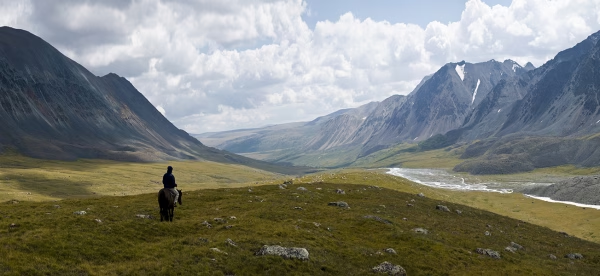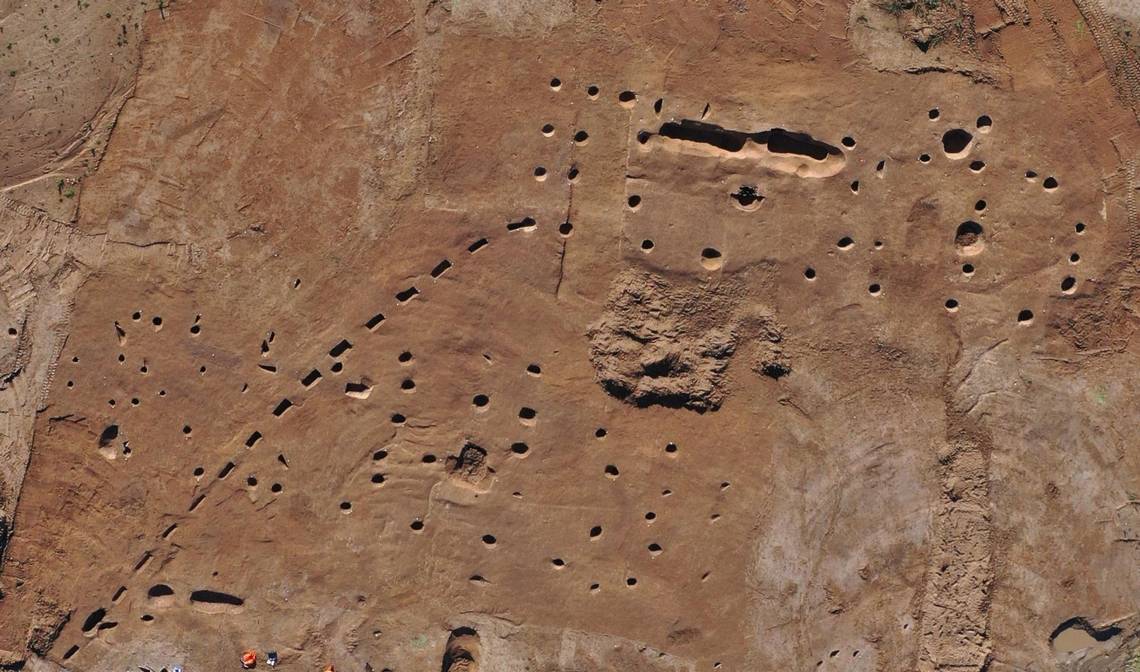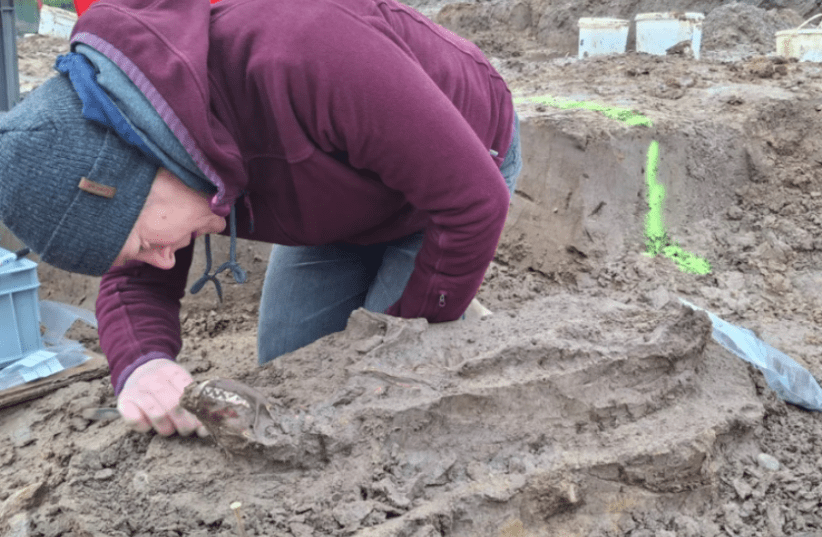Pedda Rushikonda, one of the most popular beaches in Andhra Pradesh, witnessed an extraordinary discovery that kept the secret of centuries on an ordinary Friday evening. A Lord Vishnu statue, carefully carved from granite, brought to the shore by the waves, fascinated both the locals and excited the world of archeology. This ancient artifact, about 95 cm high, was found with one arm broken and separated from its body, but it almost stopped the flow of time with its historical value.
The local resident Dipali Naidu, who was enjoying the beauty of the beach during an evening walk, was the first to notice this rare work. Realizing the importance of the statue, Naidu immediately informed the authorities and ensured that this historical heritage was protected. The Andhra Pradesh State Archeology and Museums Department quickly took action, rescued the statue and started detailed examinations.
According to the initial assessments of the Deputy Director of the Department, R. Phalguna Rao, the statue is estimated to date back to the 13th or 14th century. However, the fact that it was made of granite instead of kondalite stones, which are unique to the North Andhra Pradesh region, raised question marks about the origin of the statue. Rao said, “Statues from those periods in this region were generally made of kondalite stone. The use of granite suggests that the statue may have come from a different geography.”
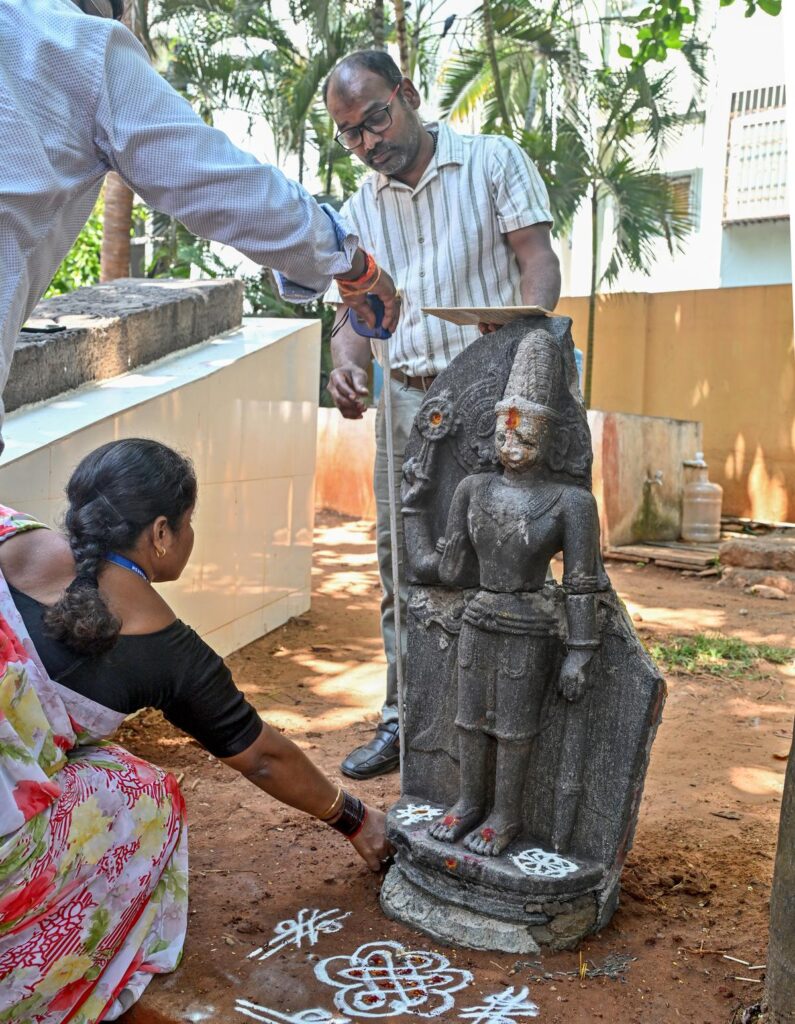
It was determined that the statue represents Lord Vishnu’s Janardana avatar, one of the 24 divine forms accepted by Tirumala Tirupati Devasthanams (TTD). Vishnu, who is accepted as the protector and caretaker of the universe in Hinduism, symbolizes the principles of dharma (righteousness) and is a benevolent figure who intervenes in the earth to maintain cosmic order. The name “Janardana” is derived from the Sanskrit words “Jana”, which refers to people or living things, and “Ardana”, which means to relieve or alleviate pain. This form of Vishnu emphasizes the role of protector of humanity and reflects the commitment to protect and nurture life.
The broken arm of the statue once held a shankha (seashell), an important symbol in Hindu iconography that represents the primal sound of creation and the call to righteousness. Archaeologists believe that the statue may have once adorned a temple and may have been thrown into the Bay of Bengal as a result of damage.
On Saturday evening, the statue was moved to the archeology department of the Visakha Museum to be opened to the public. Mr. Rao emphasized the historical importance of the statue by saying, “The journey of the statue through time and tides is truly fascinating.” This discovery took place after the recent transportation of a Surya statue made of kondalite stone from Dabagardens, and once again revealed the archeological richness of the region.
This ancient Vishnu statue found in Pedda Rushikonda is not just a piece of stone, but also a symbol of the strong connection we have with the past. This discovery, like a whisper from the depths of history, reminds us of our responsibility to follow the traces of the past and protect our cultural heritage.
Cover photo KR DEEPAK
